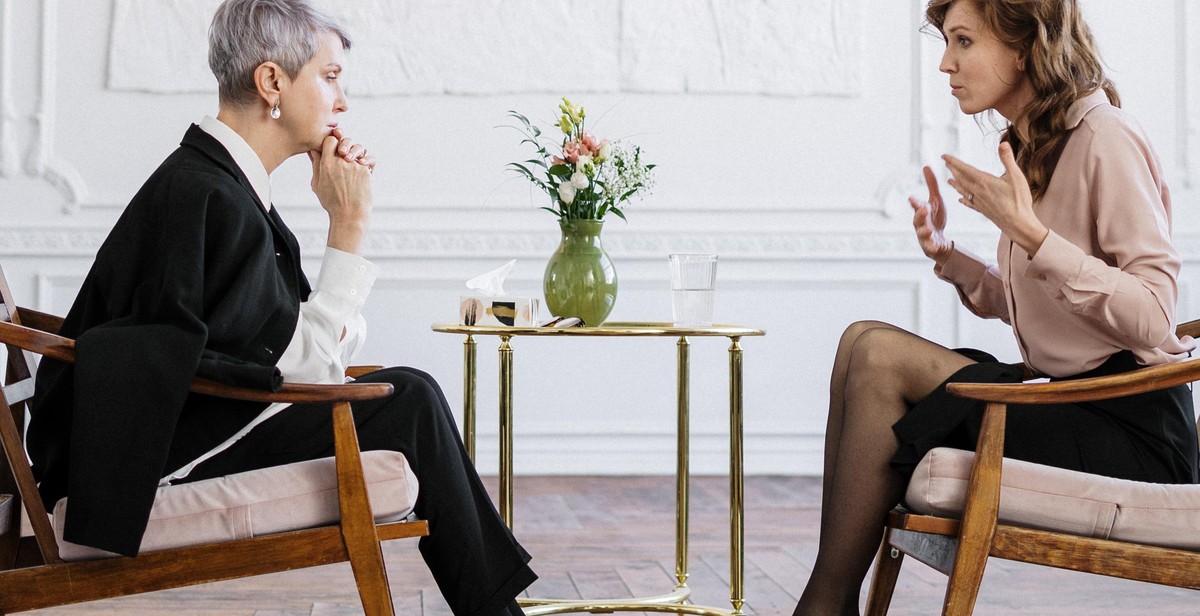Fostering Equality in a Relationship: Achieving Balanced Love
Equality is a fundamental aspect of any healthy relationship. It is the cornerstone of mutual respect, trust, and understanding. When two people are in a relationship, they should be equal partners, sharing the power, responsibility, and decision-making. Unfortunately, many relationships fail due to a lack of equality, leading to resentment, frustration, and even abuse.
It is crucial to understand why equality is essential in a relationship. First, it creates a safe and nurturing environment for both partners. When there is equality, both partners feel valued, heard, and respected. They can express themselves freely without fear of judgment or retaliation. This leads to better communication, which is vital for a healthy relationship.
Second, equality fosters trust and mutual support. When both partners have equal power and responsibility, they can rely on each other for emotional and practical support. This creates a strong bond that can withstand the challenges that come with any relationship.
Finally, equality promotes personal growth and development. When both partners have equal opportunities to express themselves, pursue their goals, and make decisions, they can grow as individuals and as a couple. This leads to a more fulfilling and satisfying relationship.
In this article, we will explore the importance of equality in a relationship and provide practical tips on how to achieve balanced love.

Understanding Equality in a Relationship
Equality in a relationship refers to a state where both partners are treated with fairness and respect. It means that both partners have equal rights, responsibilities, and opportunities in the relationship. Equality is a vital aspect of a healthy and sustainable relationship, and it involves treating your partner as an equal, rather than as a subordinate or superior.
Challenges to Achieving Equality
Despite the importance of equality in a relationship, achieving it can be challenging. This is because of several factors, including societal norms, gender roles, and personal beliefs and values. For instance, some people may believe that men should be the primary breadwinners in a relationship, while women should take care of the home and children. This belief can create an imbalance in the relationship, where one partner feels undervalued and marginalized.
Another challenge to achieving equality in a relationship is power dynamics. Power dynamics refer to the ways in which power is distributed in a relationship. For instance, one partner may have more financial, emotional, or physical power than the other. This power imbalance can lead to one partner dominating the relationship, making all the decisions, and controlling the other partner’s behavior.
Communication is Key
One of the most effective ways of achieving equality in a relationship is through communication. Communication involves expressing your thoughts, feelings, and needs to your partner and actively listening to their perspective. Through open and honest communication, both partners can identify areas of inequality in the relationship and work towards resolving them.
Effective communication also involves setting boundaries and respecting each other’s boundaries. Boundaries refer to the limits that each partner sets to protect their emotional, physical, and mental well-being. Respecting each other’s boundaries means that both partners acknowledge and honor each other’s limits, even if they do not agree with them.
Furthermore, communication involves sharing responsibilities and decision-making in the relationship. Both partners should have an equal say in important decisions, such as finances, career, and family planning. Sharing responsibilities means that both partners contribute equally to the relationship’s well-being, rather than one partner carrying the burden of all the work.
Conclusion
Equality in a relationship is crucial for a healthy and sustainable partnership. It involves treating your partner with fairness and respect and acknowledging their worth and value. Achieving equality can be challenging, but with effective communication, both partners can work towards identifying and resolving areas of inequality in the relationship.

Building a Balanced Relationship
Building a balanced relationship is a crucial aspect of fostering equality in a relationship. It involves identifying and addressing power imbalances, as well as practicing compromise and flexibility.
Identifying and Addressing Power Imbalances
Power imbalances can occur in any relationship, and they can be detrimental to achieving balance and equality. It is essential to identify and address these imbalances to maintain a healthy and balanced relationship.
Some signs of power imbalances in a relationship include:
- One partner making all the decisions
- One partner controlling the finances
- One partner dominating conversations and activities
- One partner using manipulation or coercion to get their way
If you notice any of these signs in your relationship, it is essential to address them and work towards a more balanced dynamic. Communication is key in addressing power imbalances. Both partners should have equal say in decision-making and should feel comfortable expressing their thoughts and opinions. It is also important to establish boundaries and respect each other’s autonomy.
Compromise and Flexibility
Compromise and flexibility are crucial in building a balanced relationship. It involves both partners being willing to make adjustments and accommodations for each other.
Some ways to practice compromise and flexibility include:
- Listening to each other’s needs and concerns
- Being willing to make changes and compromises
- Being open-minded and willing to try new things
- Recognizing and respecting each other’s differences
It is important to remember that compromise and flexibility should be a two-way street. Both partners should be willing to make changes and adjustments for the benefit of the relationship. It is also important to communicate effectively and express appreciation for each other’s efforts.
Conclusion
Building a balanced relationship is essential for achieving equality and fostering a healthy and fulfilling partnership. It involves identifying and addressing power imbalances, as well as practicing compromise and flexibility. By working together and communicating effectively, couples can build a strong and balanced relationship that will stand the test of time.

Conclusion
In conclusion, achieving a balanced relationship is essential for fostering equality and maintaining a healthy and happy partnership. It requires effort, communication, and a willingness to compromise. Remember that no relationship is perfect, and it takes work to create a harmonious and equal partnership.
Key Takeaways
- Equality is crucial in any relationship, and both partners should have an equal say in decision-making.
- Communication is key to maintaining a balanced relationship, and both partners should be willing to listen and compromise.
- Respect and trust are the foundation of any healthy relationship, and both partners should feel valued and appreciated.
- Recognize that no relationship is perfect, and there will be ups and downs. However, by working together and prioritizing equality and balance, you can create a loving and fulfilling partnership.
Final Thoughts
Remember that fostering equality in a relationship is an ongoing process. It requires consistent effort and a commitment to open communication, mutual respect, and compromise. By prioritizing these values, you can create a partnership that is truly balanced and fulfilling for both partners.
| Author: | John Smith |
| Date Published: | June 30, 2021 |
| Category: | Love & Relationships |
